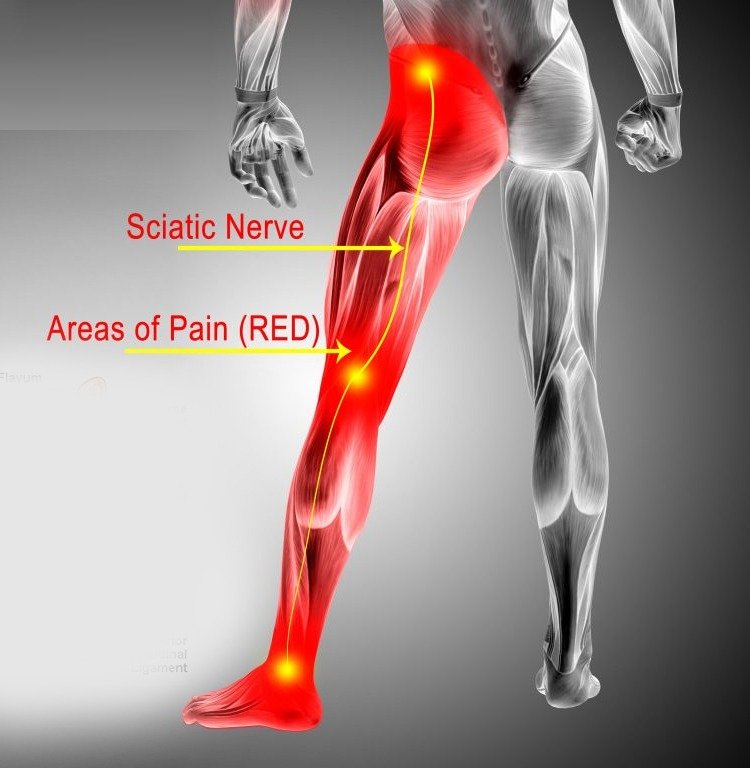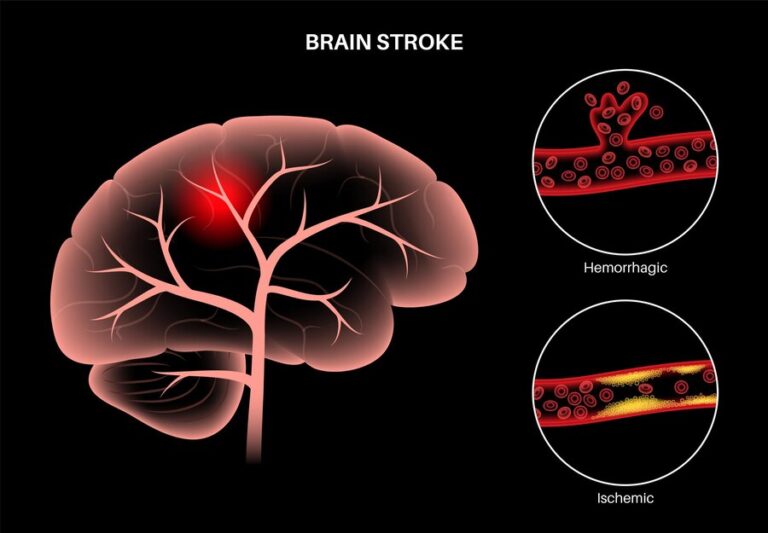Future Trends In Sciatica Research And Treatment
Sciatica, characterized by pain radiating along the path of the sciatic nerve, is a common ailment affecting millions worldwide. While current treatment options offer relief to many, ongoing research is shedding light on promising future trends that may revolutionize the management of this condition. From innovative therapies to advanced diagnostic techniques, the landscape of sciatica research and treatment is poised for significant evolution.
To Know More About It Please Click Here
Advancements in Imaging Technology
One of the key areas of progress in sciatica research lies in imaging technology. Traditional methods like MRI and CT scans have been instrumental in diagnosing sciatica, but emerging techniques such as functional MRI (fMRI) and diffusion tensor imaging (DTI) hold promise for more precise mapping of nerve compression and damage. These advancements can lead to earlier detection and tailored treatment plans, improving outcomes for patients.
Precision Medicine
The era of precision medicine is dawning upon us, and sciatica treatment is no exception. As researchers unravel the genetic and molecular underpinnings of this condition, personalized therapeutic approaches are becoming increasingly feasible. By identifying biomarkers associated with varying degrees of nerve damage and pain sensitivity, clinicians can tailor interventions to individual patients, optimizing efficacy and minimizing side effects.
Biologics and Regenerative Therapies
Biologics and regenerative therapies represent another frontier in sciatica research. Stem cell therapy, for instance, holds the potential for repairing damaged nerves and alleviating inflammation associated with sciatic nerve compression. Additionally, targeted drug delivery systems utilizing nanoparticles or gene therapy vectors offer the possibility of delivering therapeutic agents directly to affected nerve tissues, maximizing efficacy while minimizing systemic side effects.
Neuromodulation Techniques
Neuromodulation techniques such as spinal cord stimulation (SCS) and peripheral nerve stimulation (PNS) have shown promise in managing chronic pain conditions, including sciatica. Future advancements in neuromodulation technology may involve miniaturized, implantable devices with enhanced precision and programmability, providing patients with customizable pain relief options tailored to their unique needs.
Biofeedback and Neurofeedback
Biofeedback and neurofeedback are emerging as complementary approaches in sciatica management. By enabling patients to gain insight into their physiological responses to pain and learn self-regulation techniques, these modalities empower individuals to exert greater control over their symptoms. Future developments may involve wearable biofeedback devices and smartphone applications, facilitating home-based self-management strategies for sciatica patients.
Integration of Mind-Body Therapies
The integration of mind-body therapies such as yoga, mindfulness meditation, and cognitive-behavioral therapy (CBT) into mainstream sciatica treatment is a burgeoning trend. These modalities not only address the psychological aspects of chronic pain but also promote relaxation, stress reduction, and enhanced coping skills. As research continues to elucidate the mechanisms underlying the mind-body connection, incorporating these approaches into comprehensive sciatica management plans is likely to become increasingly commonplace.
Telemedicine and Remote Monitoring
The COVID-19 pandemic has accelerated the adoption of telemedicine and remote monitoring technologies across various medical specialties, including pain management. For patients with sciatica, telemedicine offers convenience and accessibility, allowing them to consult with healthcare providers, access educational resources, and participate in remote rehabilitation programs from the comfort of their homes. As telemedicine platforms evolve and become more integrated with existing healthcare systems, they are poised to play an increasingly prominent role in the future management of sciatica.
In conclusion
the future of sciatica research and treatment holds great promise, with advancements spanning imaging technology, precision medicine, regenerative therapies, neuromodulation techniques, biofeedback, mind-body interventions, and telemedicine. By embracing these emerging trends and fostering interdisciplinary collaboration, healthcare providers can enhance the quality of care for patients with sciatica, ultimately improving outcomes and quality of life. As we stand on the brink of a new era in sciatica management, the possibilities for innovation and progress are limitless.
Also, Follow us on Instagram







